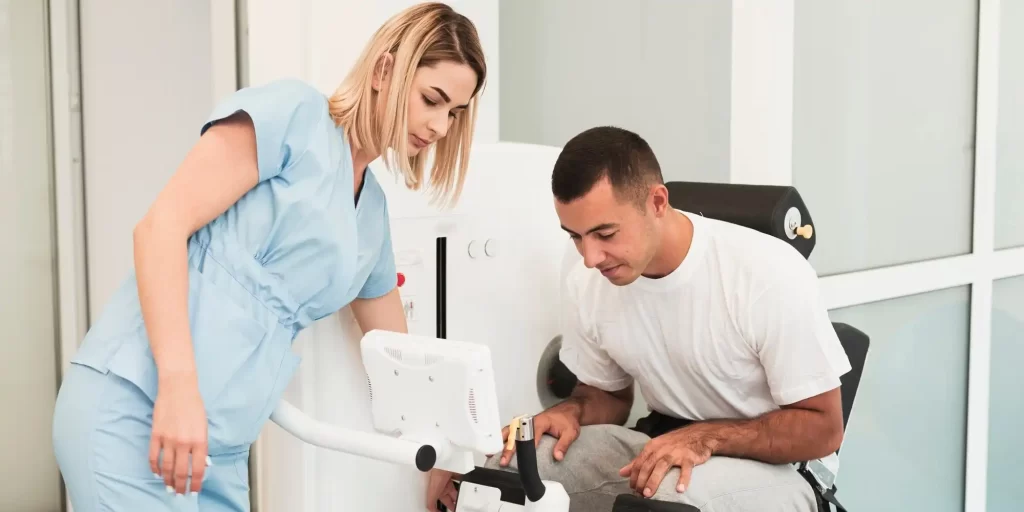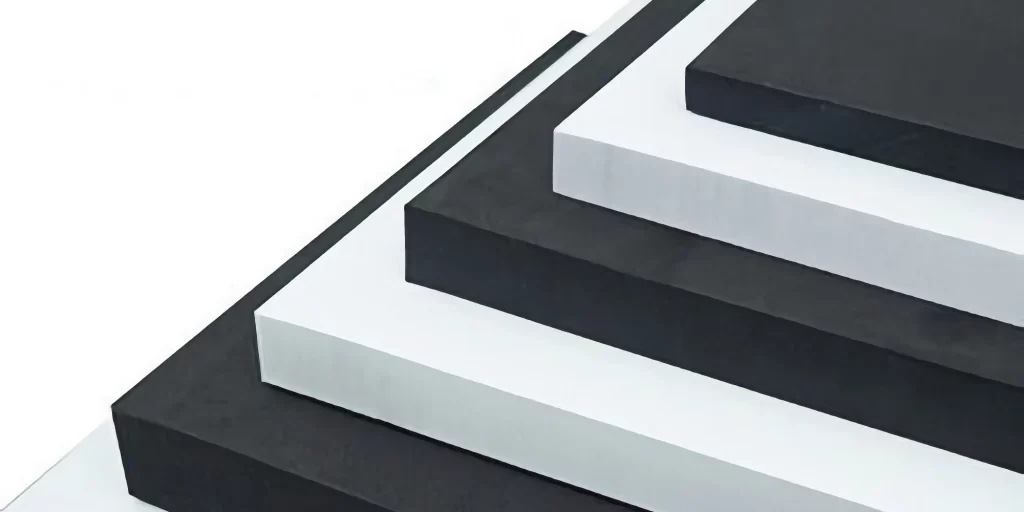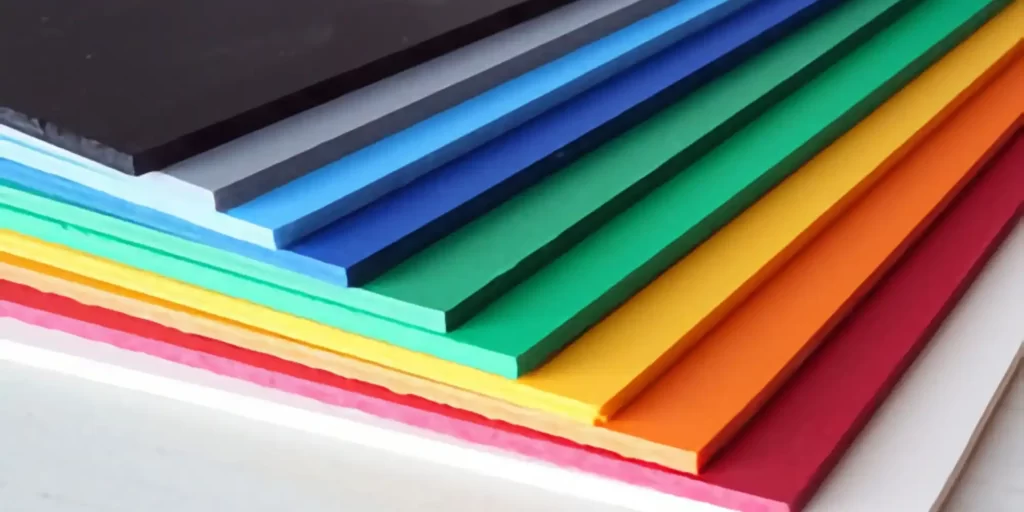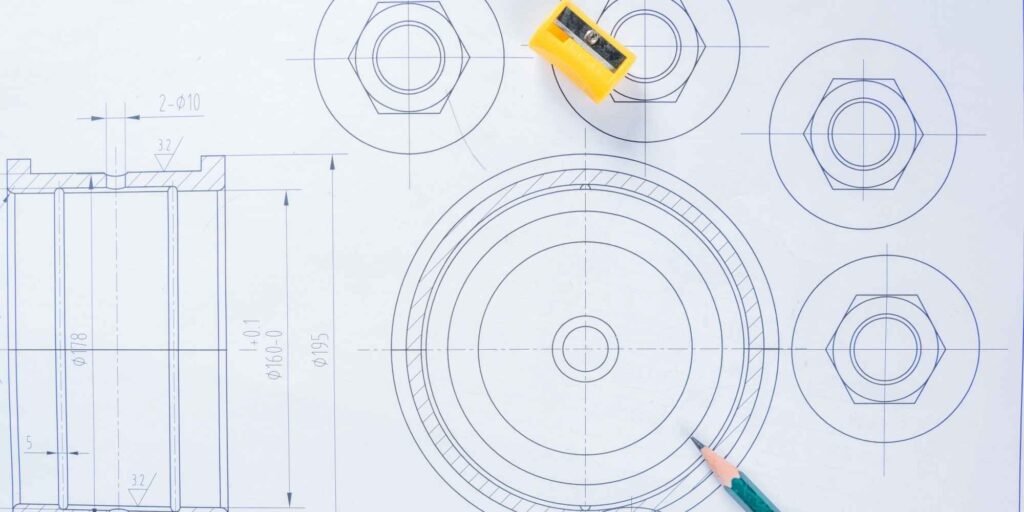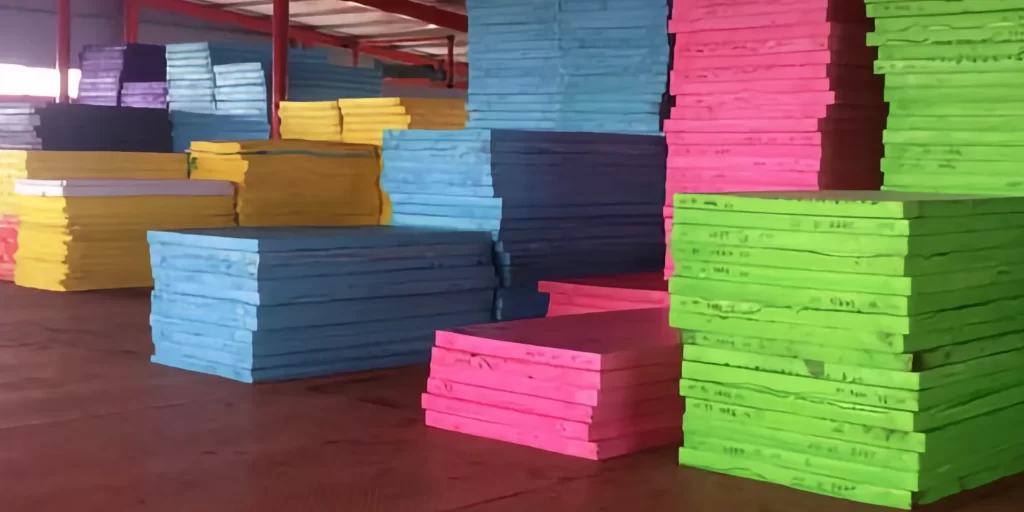In the world of rehabilitation and physical therapy, the materials used in aids and equipment are critical to the success of patient recovery. Ethylene-Vinyl Acetate (EVA) foam has emerged as a standout material in this field, known for its versatility, comfort, and durability. This article explores the innovative use of EVA foam in rehabilitation aids, highlighting its benefits and addressing frequently asked questions about its role in therapeutic applications.
The Benefits of EVA Foam in Rehabilitation Aids
EVA foam brings several key advantages to rehabilitation aids:
1. Enhanced Comfort and Support:
EVA foam provides excellent cushioning, which is crucial in reducing discomfort and aiding in the recovery process for patients undergoing rehabilitation.
2. Customizable for Specific Needs:
Its ability to be molded into various shapes and densities allows for customized solutions tailored to specific rehabilitation requirements.
3. Durability and Resilience:
EVA foam maintains its shape and functionality over time, making it ideal for rehabilitation settings where equipment is frequently used.
4. Lightweight and Easy to Handle:
Being lightweight, EVA foam aids are easy to maneuver and adjust, providing convenience for both patients and therapists.
5. Hygienic and Easy to Clean:
The non-porous nature of EVA foam makes it resistant to bacteria and easy to clean, an essential feature for maintaining hygiene in therapeutic environments.
6. Shock Absorption and Pressure Distribution:
EVA foam’s shock-absorbing properties are beneficial in evenly distributing pressure, vital for patients with sensitive areas or those prone to pressure sores.
Applications of EVA Foam in Rehabilitation Aids
Balance Pads and Beams:
EVA foam is used in balance pads and beams, aiding in stability and coordination exercises, crucial for rehabilitation.
Orthopedic Supports:
Custom EVA foam orthopedic supports, such as knee braces and ankle supports, provide targeted support and comfort.
Physiotherapy Mats:
EVA foam mats offer a cushioned and safe surface for various physiotherapy exercises and treatments.
Wheelchair Cushions:
Customized EVA foam wheelchair cushions enhance comfort and support for individuals with mobility issues.
Exercise Rollers:
EVA foam rollers are essential tools in rehabilitation for muscle relaxation and improving flexibility.
Advancing Rehabilitation with EVA Foam
The integration of EVA foam into rehabilitation aids represents a significant advancement in therapeutic care, focusing on patient comfort, support, and recovery.
FAQs About EVA Foam in Rehabilitation Aids
Q: How does EVA foam enhance the effectiveness of rehabilitation aids?
A: EVA foam enhances the effectiveness of rehabilitation aids by providing superior comfort and support, which can help improve patient participation and outcomes.
Q: Can EVA foam aids be customized for individual rehabilitation needs?
A: Yes, EVA foam can be molded into various shapes and densities, allowing for customization to meet individual rehabilitation needs and goals.
Q: Is EVA foam durable enough for regular use in rehabilitation settings?
A: EVA foam is known for its durability and resilience, making it suitable for the frequent and varied use typical in rehabilitation settings.
Q: How do EVA foam rehabilitation aids contribute to a hygienic therapy environment?
A: The non-porous surface of EVA foam makes it resistant to bacteria and easy to clean, which is essential for maintaining hygiene in therapeutic settings.
In conclusion, EVA foam has become an essential material in the field of rehabilitation, providing enhanced comfort, support, and hygiene in various therapeutic aids. Its combination of cushioning, durability, and ease of cleaning makes it an ideal choice for rehabilitation applications. As the focus on effective and patient-centered rehabilitation continues to grow, EVA foam-enhanced aids are set to play a significant role in improving therapeutic experiences and outcomes for patients in need of physical rehabilitation.
